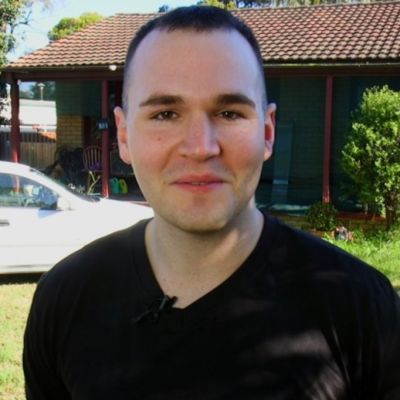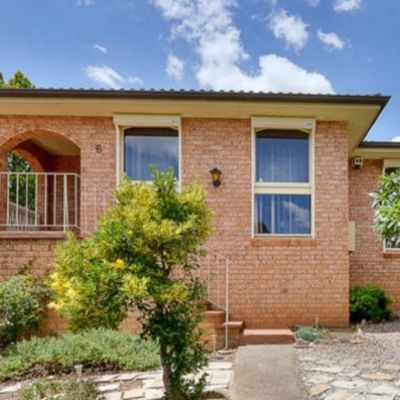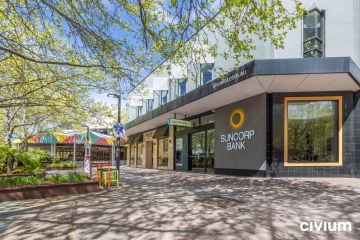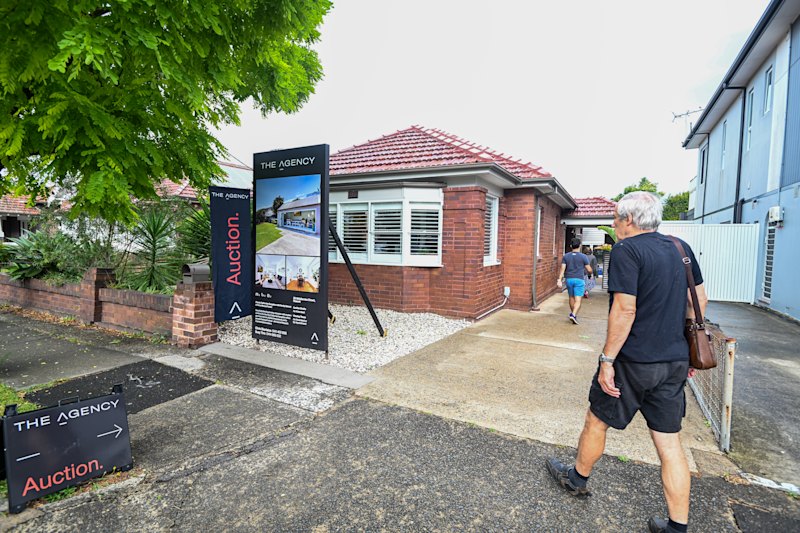How a 20-year-old bought three investment properties: His seven steps to get started
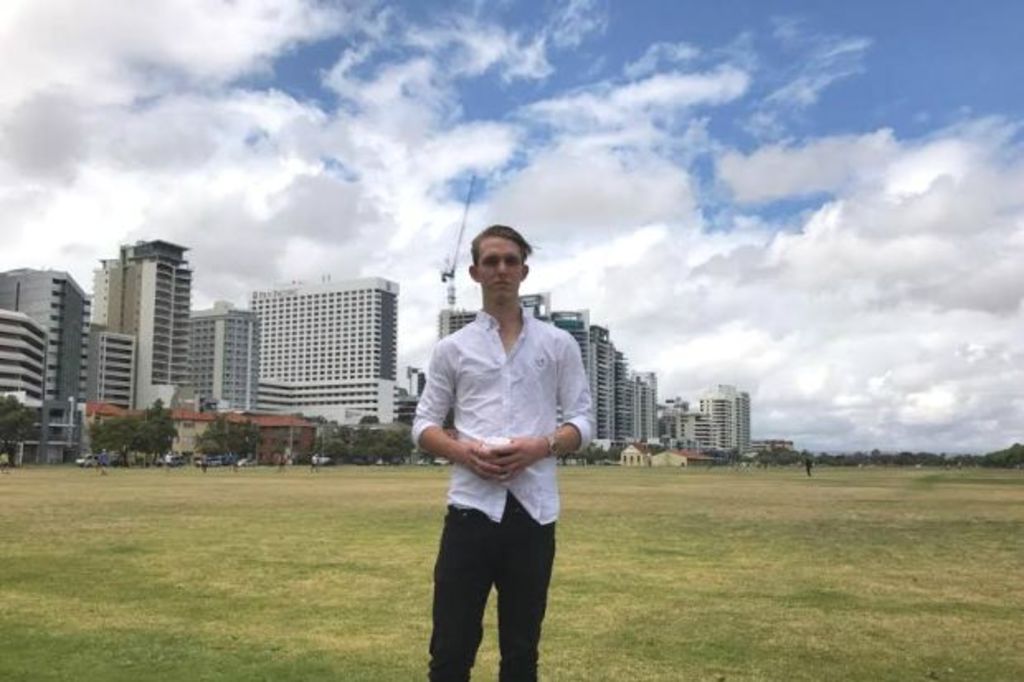
At an age when most Australians are thinking about their next Friday night out, Robert Marsden Petty is thinking about his next investment property.
The young property gun is currently awaiting settlement on his third property, an apartment in Townsville, and he’s just 20 years old.
One of his major advantages over other 20-somethings is his mentor: his mother, a seasoned investor. Her property obsession set the wheels in motion for Robert from a young age.
“My mum was big on investing when I was a kid. I changed schools a lot as we’d always be moving somewhere new as she was constantly buying and selling homes,” says Robert, who lives and works in Perth.
She gave him $60,000 to start investing with. He bought a three-bedroom house in South Australia’s Elizabeth East for $237,500.
Having previously lived in the suburb, he was confident it would do well on the back of rapid redevelopment.
“I was 18 when I got the first place, and when I understood how everything worked I was ready for the next one.”
Five months later he bought his second house for $222,000, also in Elizabeth East. He used some of the equity from the first house, some of which was available from the money he’d paid as a deposit, to buy the second property.
It is on a large parcel of land that he hopes to eventually develop into apartments.
He then chose to look to Queensland for his next investment, to capitalise on some parts of the state at the bottom of the real estate cycle, the lower prices available and to diversify away from Adelaide.
Now, he’s waiting for the settlement of his third property. This time, it’s a two-bedroom apartment in Townsville’s Hyde Park for $95,000 and records show the previous owners, also investors, bought it for $202,000 in 2011.
“I’ve got it for under market value … it has ocean views, it’s a great apartment and the rental appraisal was $180 a week,” he says. He believes the worst of the price falls for mining-driven Townsville area are over.
But it’s not just his age that sets him apart from other investors. He also self-manages both of his Adelaide properties, renting out the rooms individually to increase his rental income.
Although one of his tenants previously fell behind in rent after losing their job, he says the landlord-tenant relationship is built on mutual respect and “they caught up when they were [re-employed]” and spent their own money improving the home.
And he’s a casual worker. While he studied two years of accounting at TAFE, he decided to cut his studies short and work in hospitality to fund his investment portfolio.
By working extra hours as a cook in Perth, he earns about $65,000 a year to cover his savings, rent and other expenses.
As he has only just started building his portfolio, he is yet to see substantial capital gains. If he sold all the properties in today’s market and paid back the banks, he would have $74,800 before transaction costs are taken into account. But he has big plans for his investments, with the possibility to develop one of the homes into an apartment block on the horizon.
“I feel confident about my investments and I’ll work long hours to come up with the money if necessary. I don’t go out as much as other people,” he says.
It also helps that he doesn’t plan to go down the traditional path of buying his own home any time soon, preferring to rent and buy investments instead.
He isn’t entirely sure what the plan for his property portfolio is – but says it’s all part of not being locked into a job.
“I just want the financial freedom to work when I want to work and to be able to go to Italy tomorrow or be on the beach in Bali whenever I want.”
Robert’s mindset is at odds with the majority of first-time buyers, who tend to consider a home rather than an investment first. Of 500 first-time buyers surveyed by First Home Buyers Australia, 14 per cent said they would buy an investment property as their first buy.
FHBA director Taj Singh has noticed a growing cohort of young Australians looking at the NSW Central Coast, South East Queensland or the outer suburbs of Melbourne.
“They should be aware that if they purchase their first property as an investment, it will likely deem them ineligible for receiving any government [grants] for their future owner-occupier purchase and for the investment property they are purchasing,” Mr Singh says.
But he recommends young Australians living in unaffordable areas consider an investment property somewhere more affordable.
And parents could also consider sitting down with their adult children to start an investment plan, Smart Property Adviser property investment strategist Kevin Lee says.
This could include stumping up 50 per cent of the deposit, “matching their savings dollar for dollar” – a strategy he put in place to get his youngest daughter into property investing. She now has six properties with her fiance.
“Another brilliant but little-known method is via the family guarantee system. Instead of stumping up the cash, a parent can provide either property or a term deposit as collateral security as long as the child can service the entire loan,” Mr Lee says. He has done this for his brother and both his daughters.
For those with younger children, he says playing Monopoly, teaching them about money and passive income from a young age and starting their financial education as early as possible is a good idea.
Robert’s seven steps to get started
- Family assistance A helping hand can be a simple way to jump-start a property portfolio from a young age.
- A “savings” attitude Work hard and save as much as you can to fund your property aspirations.
- Not being scared of Lenders Mortgage Insurance (LMI) LMI can allow you to buy sooner and is often tax-deductible on investment properties.
- Seeking out trusted advice Find a seasoned investor to give you guidance, but don’t be scared to trust your own research.
- Consider markets outside your backyard Australia is more than just a few capital cities. Explore the real estate options across the whole country.
- Look at the “worst-case scenarios” In every aspect of your portfolio, plan and insure yourself for what could go wrong.
- Get creative to push your portfolio further Rent properties out by the room, think about development possibilities and look where others don’t.
We thought you might like
States
Capital Cities
Capital Cities - Rentals
Popular Areas
Allhomes
More
